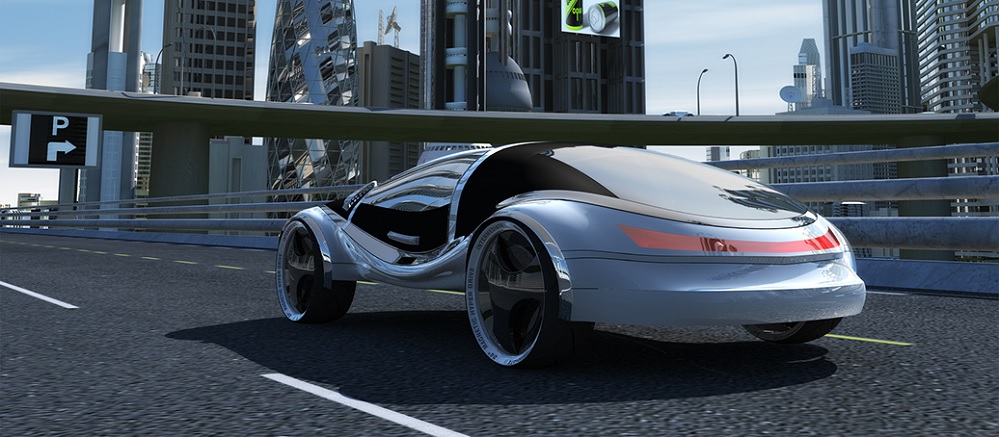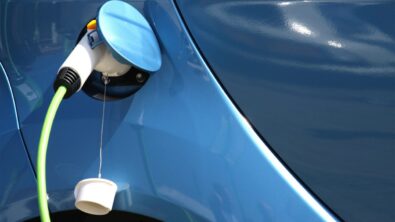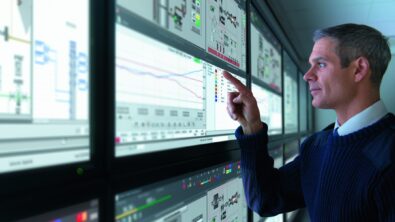Electrification now & later – The Future Car on E/E Systems – ep. 5

In the final part of our E/E systems podcast series, we conclude our discussion on the future of automotive E/E architectures, development and the automotive industry. In this episode we talk about the innovative software solutions that are shaping vehicle functionality and vehicle development.
Current automotive technologies, like electrification and autonomy, are a part of megatrends impacting the automotive landscape. You witness these innovations in software-defined vehicles, electrification, autonomy, connectivity and shared mobility. However, the undercurrent of these technological trends is dependent on complex software applications to enable advanced vehicle features and functionality.
>Listen to the podcast.

In concluding this series, we continue speaking with Doug Burcicki and Dan Scott, two of Siemens’ resident experts on automotive electrical systems. We further analyze the growing role of software in delivering vehicle functionality and how it changes vehicle development.
The evolution of electric and electronic architecture is rising, especially in the automotive sector. A definition of a software-defined vehicle in automotiveworld.com is, “… a term that describes a vehicle whose features and functions are primarily enabled through software, a result of the ongoing transformation of the automobile from a product that is mainly hardware-based to a software-centric electronic device on wheels.”

We see software providing more vehicle content than electromechanical or hydraulic functionality, to elaborate on this definition. Sometimes the content is already present but not being used. However, once an OEM decides to use it, it is activated with software.
For example, Tesla activated the driver monitoring systems in their vehicles, where a camera had always been available in the car but was not activated, along with the interfacing subsystem. Tesla forecasted that they would have this functionality, so they activated it when their software was ready.
Albeit this gave them hardware that took up space and weight in the vehicle that was not used, incurring extra work, cost and testing, knowing they would use this technology later.
So, it creates an exciting path for a company, unlike a traditional OEM. Of course, you are not working with inexpensive components in this scenario but with a software-centric electronic device on wheels. However, it is a trend that is not going away. The software defines the functionality that customers care about in many areas of the vehicle, and it’s not just the software but the entire system. The comprehensive mechanical integration of the EE system and its hardware all work cohesively. Consequently, software and electronics are a crucial part of a vehicle.
Learn more in the Automotive E/E final podcast.
Siemens Digital Industries Software drives the transformation to enable a digital enterprise where engineering, manufacturing, and electronics design meet tomorrow.
Xcelerator is a comprehensive, integrated portfolio of software, services and an application development platform. The portfolio accelerates the transformation of businesses into digital enterprises. It unlocks a powerful industrial network effect – essential requirements to leverage complexity as a competitive advantage, no matter the industry or company, to transition seamlessly to create tomorrow’s complex, efficient machines.
About our experts:
Doug Burcicki is the Automotive Market Director for the IES team at Siemens. Doug was the Director of Advanced Business Development at Yazaki, a globally focused role in which he was responsible for identification of Product and Technology trends resultant from Market, Regulatory and Economic indicators. Also, Doug was Vice President for the Yazaki General Motors BU responsible for global P&L, sales strategy and overall customer relationship driving significant success at the account. Doug holds a Masters in Automotive Engineering (Mechanical focus) from Lawrence Technological University, MAE and Bachelor of Science in Electrical Engineering from Wayne State University, BSEE.
Dan Scott is the Marketing Director for Integrated Electrical Systems at Siemens Digital Industries Software. He is responsible for Capital, Siemens’ E/E systems development portfolio. This encompasses E/E architecture, electrical systems, communication networks and AUTOSAR embedded software products. He has experience working for OEM’s, suppliers and consultancies in the auto and aero industries, including at Ricardo, Frost EV Systems, Tata Motors and Rolls-Royce. He has published several academic & industry papers on vehicle electrification and system optimization.


